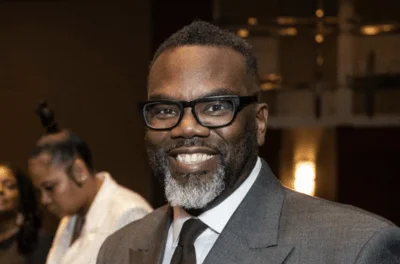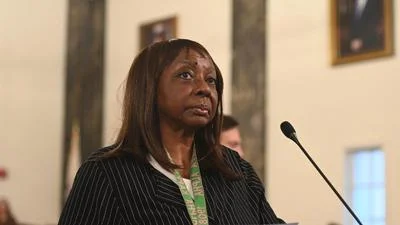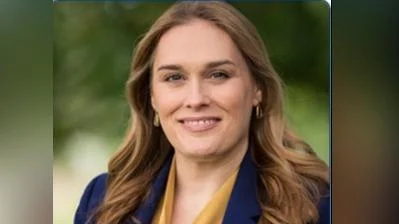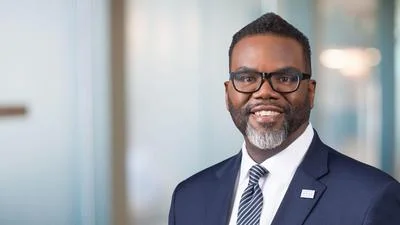Sarah Wetmore | The Civic Federation
Sarah Wetmore | The Civic Federation
Chicago Public Schools (CPS) officials have announced a projected budget shortfall of $391 million for the 2025 school year. This deficit is expected to result in another property tax increase, the maximum allowed by law. The anticipated property tax increase is estimated to generate around $166 million, with an additional $53 million in state funding. However, these funds will not be sufficient to cover the rising costs of healthcare and debt payments due to inflation.
In response to the budget gap, CPS will have to make tough decisions regarding expense cuts or revenue increases. Board of Education president Jianan Shi, appointed by Mayor Brandon Johnson, a former Chicago Teachers Union lobbyist, is focused on advocating for increased CPS revenue at the state, local, and federal levels to support teachers, students, and families. CPS budget director Michael Sitkowski attributes the district's growing financial challenges to inequitable and inadequate funding.
CPS CEO Pedro Martinez plans to lobby state lawmakers to fully fund Chicago schools through the evidence-based funding formula. This formula would provide the district with approximately $1 billion in additional revenue. However, concerns have been raised about the long-term viability of CPS's finances. The Civic Federation, earlier this year, warned of a financial cliff approaching as federal COVID-19 funding runs out, coinciding with the district's partially elected school board taking office in 2025.
The Civic Federation also warned the CPS plan to again increase property taxes by the max amount allowed by state law is not sustainable for taxpayers. "The Civic Federation encourages Chicago Public Schools to partner with other school districts to advocate together to make the case for additional State support,” acting Civic Federation President Sarah Wetmore said. “Given the competing needs among many government agencies that are facing a fiscal cliff, school districts will see better results by joining forces in both vocalizing their needs to the State and in the development of a comprehensive statewide funding solution.”
The projected budget shortfall for CPS highlights the ongoing challenges faced by the district in providing quality education while grappling with financial constraints. As CPS prepares to address this budget gap, the focus will be on finding sustainable solutions that prioritize the needs of teachers, students, and families.






 Alerts Sign-up
Alerts Sign-up